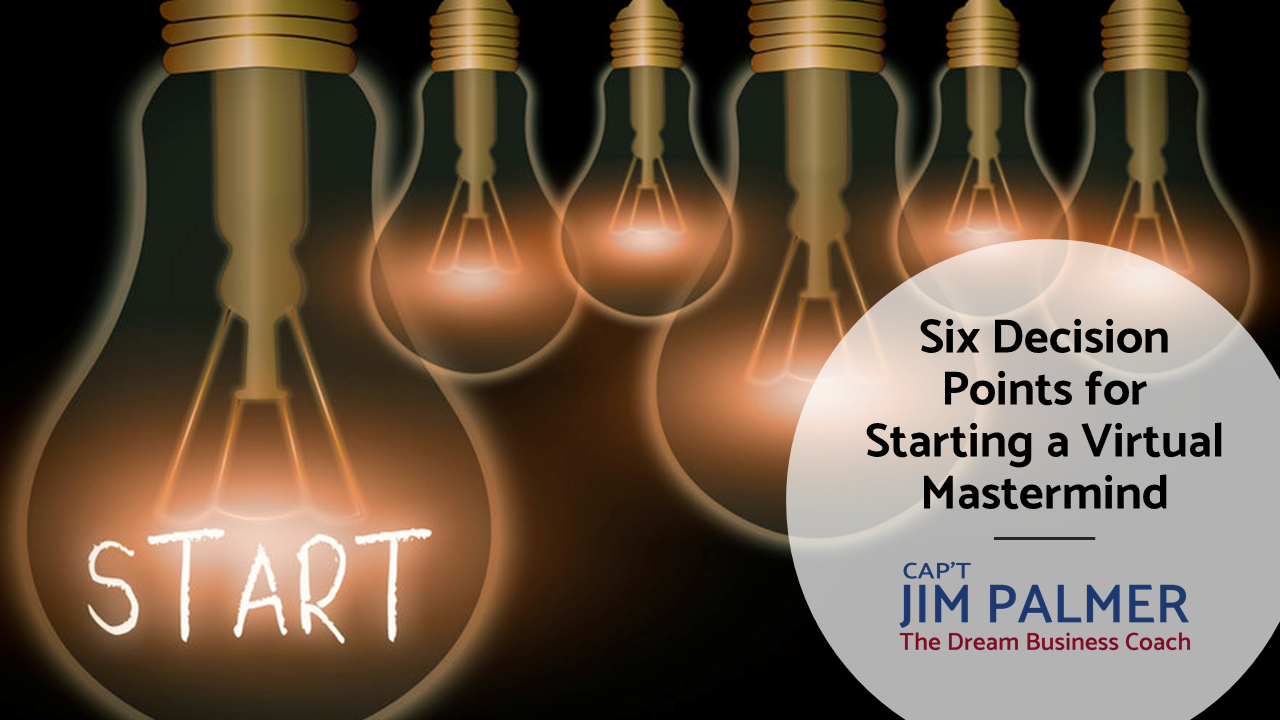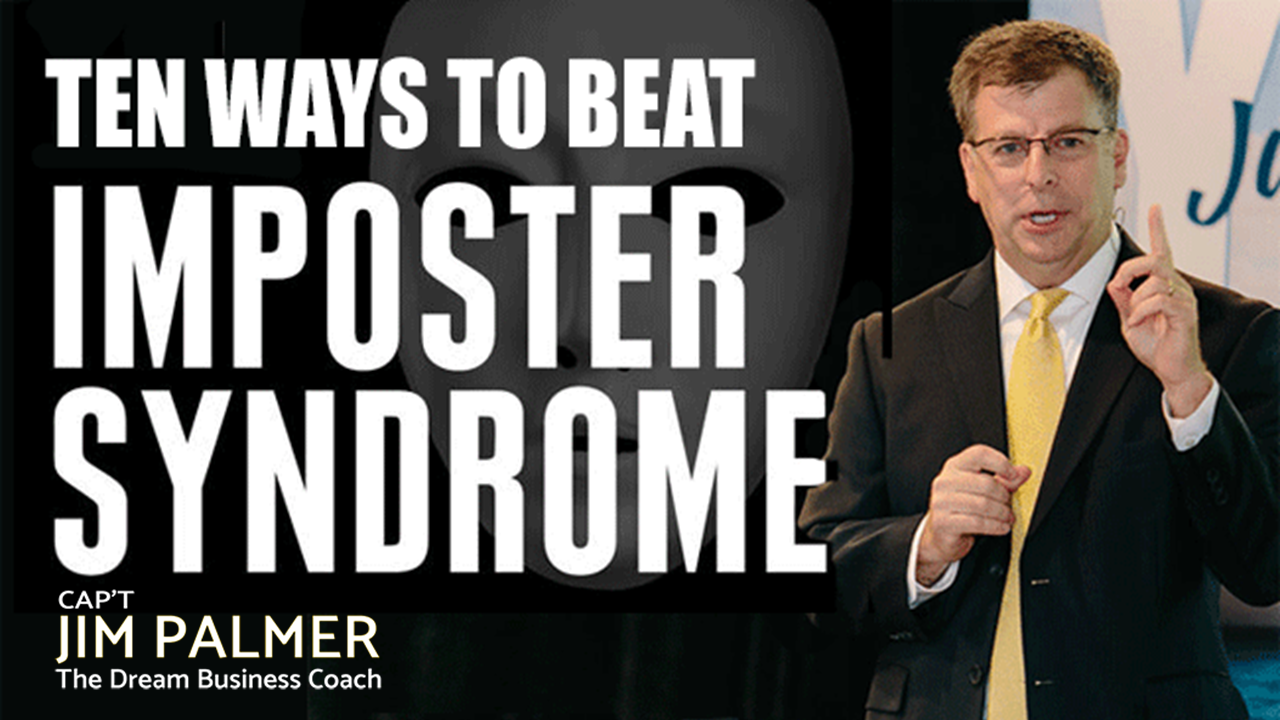
As founder of the Dream Business Mastermind and Coaching Program, I’ve had the privilege for 13 years (and counting) of helping so many entrepreneurs blast through barriers and – yes, I’ll say it – go through hell faster so they can experience the business and lifestyle they’ve always wanted.
When they tell me they’ve achieved their goal that aligns with their truth – whether (in no particular order) it be charging what they deserve to be paid, having the opportunity to give back through charity and service, retire their debt, buy a house, or buy a boat (COPYCAT! LOL J/K) – my heart swells with pride.
Sometimes it’s even cool when members quit.
People ask me how I did it – and how they can do it, too.
Launching a lucrative virtual mastermind is easy and fun, but there’s a lot to think about.
Here are some of the most common questions that come up – and they lead to more questions.
“What price points should I charge?”
Okay – what are your revenue goals?
Is the mastermind program the summit of your ascension ladder, or a pool of prospects to cherry-pick for higher-priced offers and bond them to you by making them your customers at a basic level so it makes more sense to upgrade with you when they’re ready, rather than source someone else?
What does their market currently offer as far as masterminds that already serve it?
Is this an all-inclusive generalist mastermind like mine, or is it a single-issue mastermind?
Do you want to do individual coaching a) at all, b) as part of the program, or c) for an additional fee?
Will your typical member also belong to several other programs – and if they decide to cut back, how do you position yours to survive the cuts?
Is your mastermind a primary function of your business, or another of your multiple streams of revenue?
Right now, at least to get started, would a couple thousand easy dollars per month be a game-changer that positions you to leap to the next level in a few months’ time?
“How many different levels or options should I offer?”
Wow. Another loaded question that raises questions before you answer it.
Do you offer done-for-you services that could be incorporated into a coaching and mastermind experience?
Do you want to?
Overall, do you really want to do work other than show up for calls?
If it swells beyond a certain size, will you need to hire other coaches to help you manage it?
Will you need to break it into “classes” or “groups” to keep it manageable – and deal with the multiplication of effort this requires?
Do you want to do that?
“What format should I use for the mastermind calls – an audio bridgeline or through video conferencing?”
I hear the chorus already rising – It.Needs.To.Be.On.Video.And.They.Must.Turn.Their.Cameras.On.Because.Engagement.
Now pause.
Who is your mastermind avatar member?
Where are they likely to be when they show up for the group calls?
How “zoomed out” could they be already?
Is the mastermind experience something they associate with pleasure rather than work, meaning they prefer to take the calls with a… beverage… in one hand, while kicked back in their chaise lounge?
Fun fact – your truly high-ticket masterminds often have audio-only calls for the simple reason that members wish to preserve a particular “photograph” of themselves that appears in others’ minds.
They want to be seen as ALWAYS in Captain mode, so it just won’t do if other members see them wearing gym clothes.
It also won’t do if they are forced to be on their virtual stage for the calls and lose the freedom to do the calls between their workout and their tennis match, which is a fairly common practice for those CEOs and super-high earners you may really want in your program.
My mastermind calls are audio-only on a bridgeline, and it’s always worked great.
The FIRST time I ever get a member asking if we can please, pretty please do them on Zoom so they can see all the faces, I’ll let you know.
Having read all that, what do you think your answer might be, in alignment with your own truth?
Ooooooo… is this more of a question than you imagined just a minute ago?
“How do I run the meetings efficiently and keep order with so many members on the call?”
Will the calls be structured?
Will there be hot seats (in my program we call them “Profit Seats“)?
Is it a free-for-all in AMA (ask-me-anything) format?
Some combination of the above?
What other issues could come up?
“How do I fill the mastermind – and keep new members joining – so this continues to be a lucrative revenue stream for my business?”
There are so many masterminds out there.
Some, as I said above, are generalist masterminds that assist in all areas of business, like mine.
Others are single-issue masterminds focusing on one thing – public speaking, accounting, podcasting, building a law practice, sales strategies, industry-specific, etc.
How big and sustainable is the market for a single issue?
Now, how much time do you have – and what resources can you marshal – to keep you constantly meeting and having exploratory conversations with prospective new members?
If you choose a high price point for your mastermind, are you prepared to play the Long Game? Glaciers move much slower than pebbles.
“How do I powerfully handle the potential trouble spots of running a virtual mastermind if they arise?”
My longest-serving member felt like every time he tried to speak, someone else started speaking as if he wasn’t even in the room, and he had to compete to get his voice heard.
He complained that he felt like he was being steamrolled, and claimed it was happening ONLY to him.
I doubted that, but at his request, I went back and listened to a couple call recordings where he had been a vocal participant – turned out he was right.
Now, what happens if you have two direct competitors in your mastermind? This could evade your screening process since they might not become direct competitors until both are in and one of them enters the other’s market.
Let’s say you have some of your members be contractors or employees of other members – how can they use the mastermind as a forum to gain support for the inevitable issues clients and vendors have with each other over the course of even the best relationships?
Do you need to break the mastermind into several groups?
All of this is actually to ENCOURAGE you to create a virtual mastermind that will become lucrative much faster.
Having mastered your own journey, it’s time to blaze the trail for others.
To give back.
While running a virtual mastermind is typically fairly light on infrastructure, it IS effort.
Make that effort pay off.

Cap't Jim Palmer, The Dream Business Coach

Cap’t Jim Palmer, best known internationally as the Dream Business Coach, is creator of the Dream Business Mastermind and Coaching Program and host of Dream Business Radio – a weekly podcast based on Jim’s smart marketing and dream business building strategies. Claim your FREE Dream Business Transformation now!



